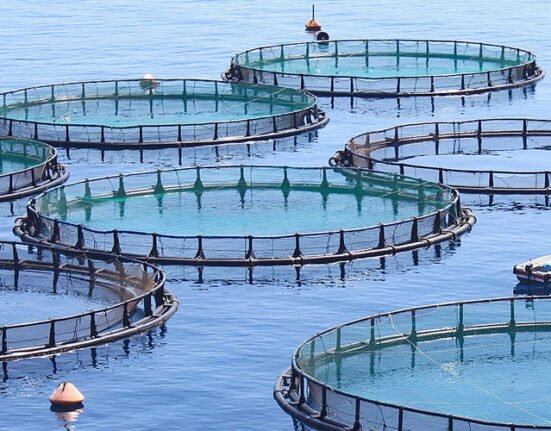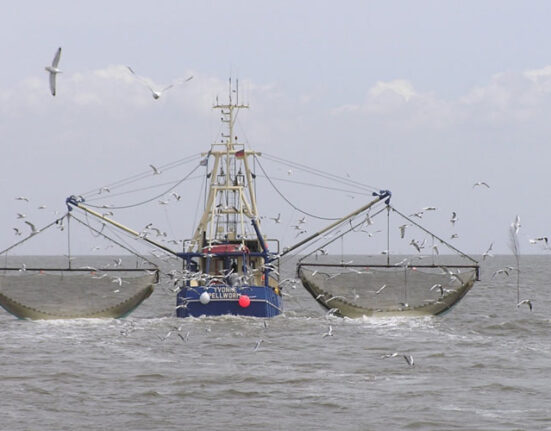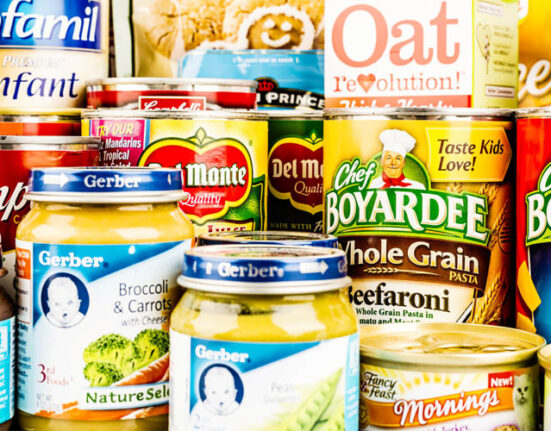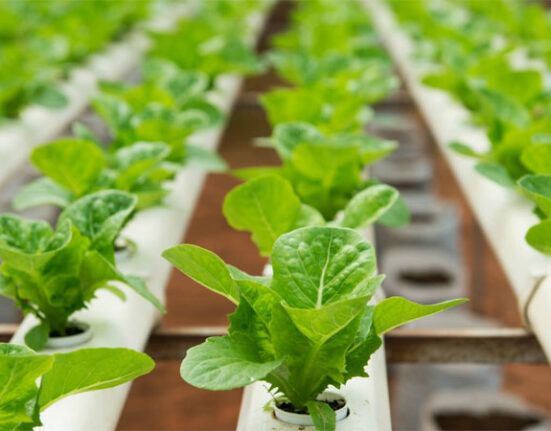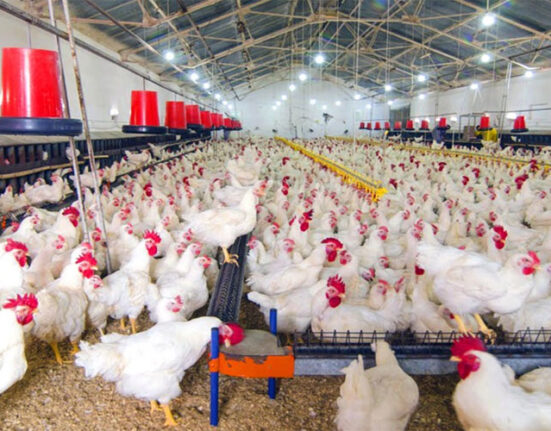The global grain market was significantly hit when Russia invaded Ukraine in 2022, causing prices to skyrocket. We take a look at what to expect in 2023.
Russia and Ukraine are two pivotal net exporters of agricultural commodities. Since the onset of the war, exports of grain from Ukraine and fertilizers from Russia have dropped considerably. The shortage of supplies has led to a massive increase in prices globally.
In an article in Miller Magazine, Joe Glauber, Secretary of the Agricultural Market Information System, outlines five key insights for the year ahead.
- The Black Sea Grain Initiative, which is the partial re-opening of the Black Sea ports for Ukraine grain exports, was extended for an additional 120 days starting 19 November 2022. The extension of the deal has alleviated the grain market. However, there are still concerns about blackouts at various Ukrainian ports, which are caused by shelling by Russian troops.
- The cost of fertilizer has increased dramatically, which has negatively impacted farmer’s profit margins and affected planting decisions across the globe. In the US, farmers have opted to plant more soybeans and less corn and wheat.
- Commodity prices are expected to ease while stocks should remain tight which means prices will continue to be unstable.
- The poor performance of wheat crops in the southern hemisphere is cause for concern. Crops in Argentina are significantly worse than a year ago. Meanwhile, in Australia the quality of crops has deteriorated due to heavy rains in the Southeast. We are yet to see how La Nina will affect South American corn and soybean crops this year.
- While there is enough grain to feed the world, prices will remain elevated. The US dollar has strengthened putting further pressure on poor net food-importing countries, which are currently paying very high prices for food. Higher import costs will put added financial stress on households, particularly poorer families in countries with limited safety nets.



